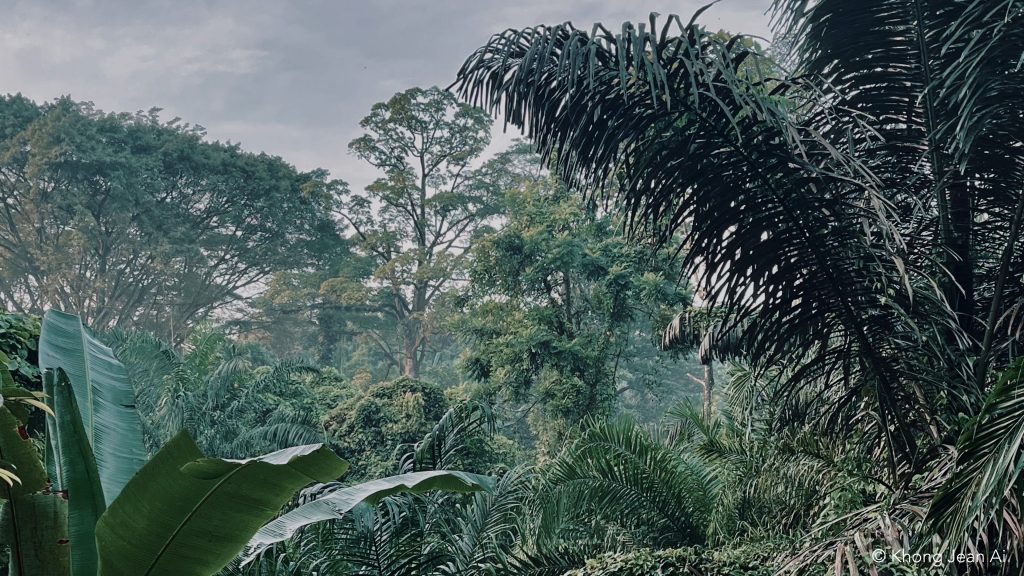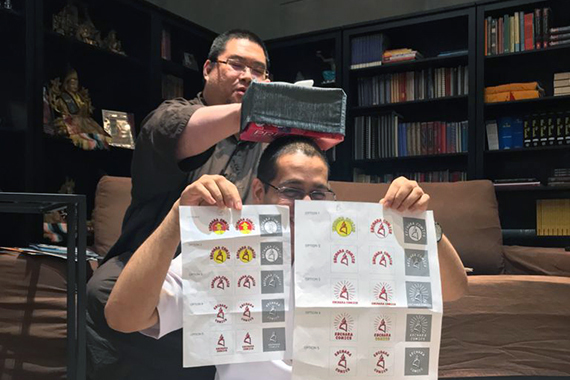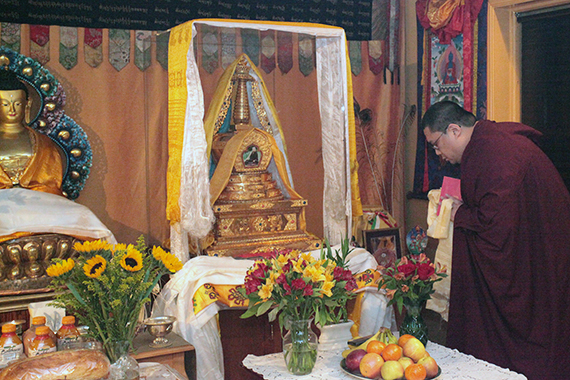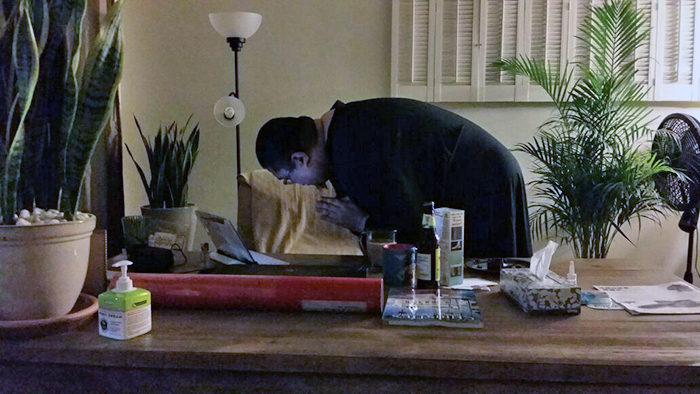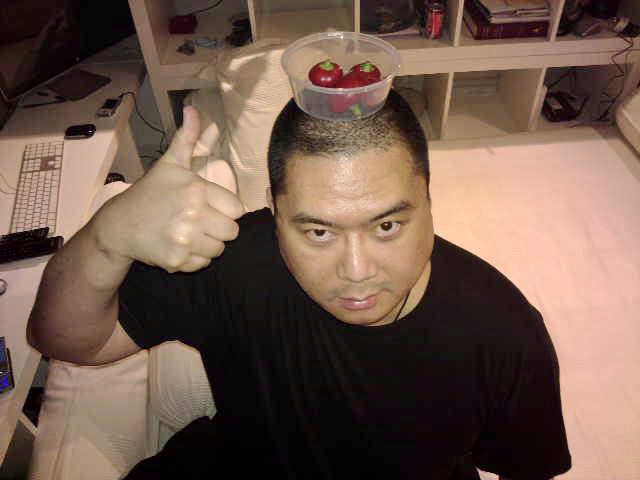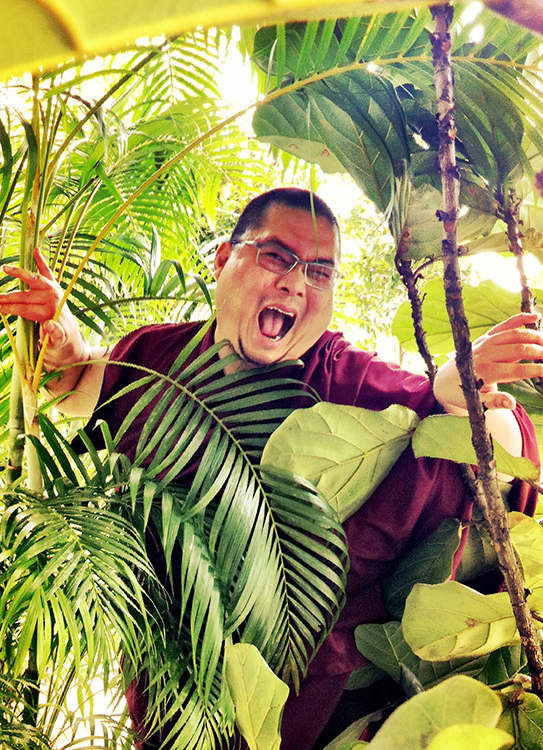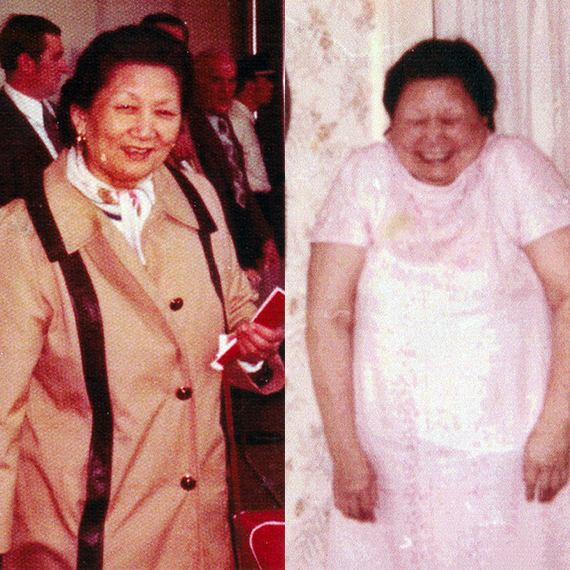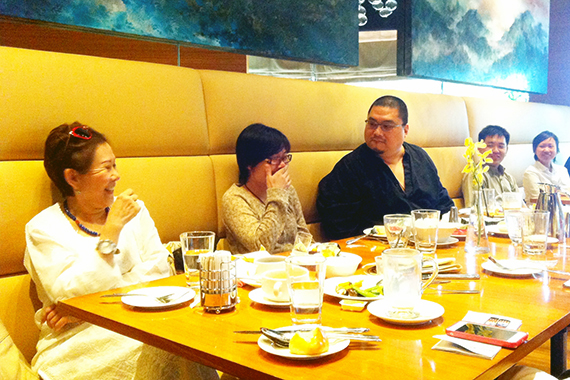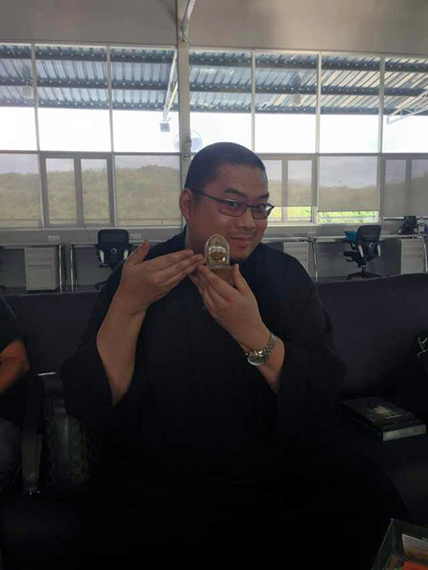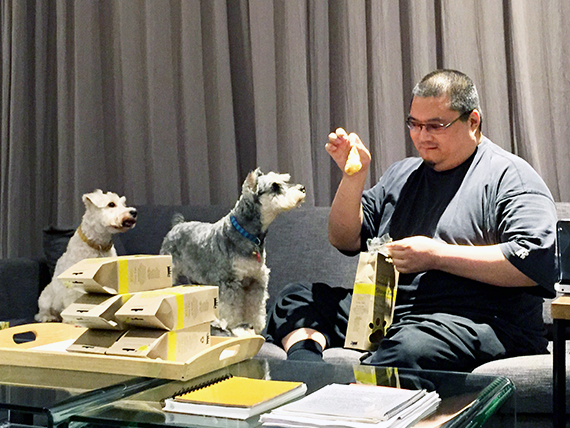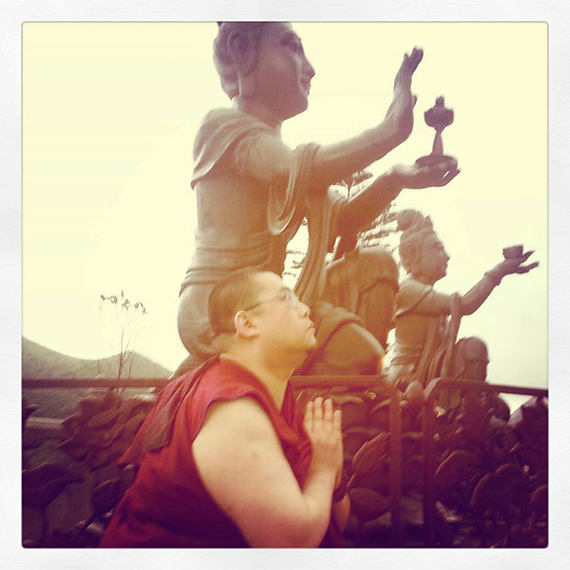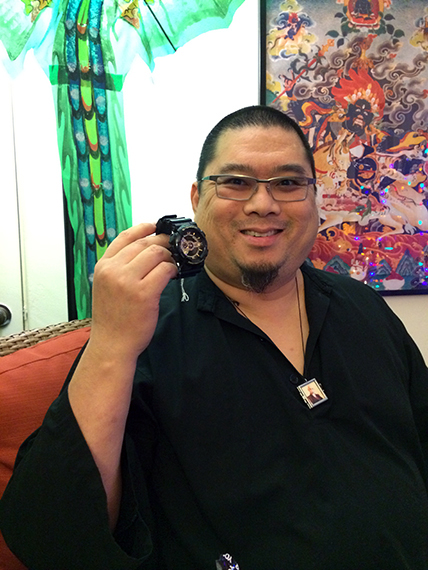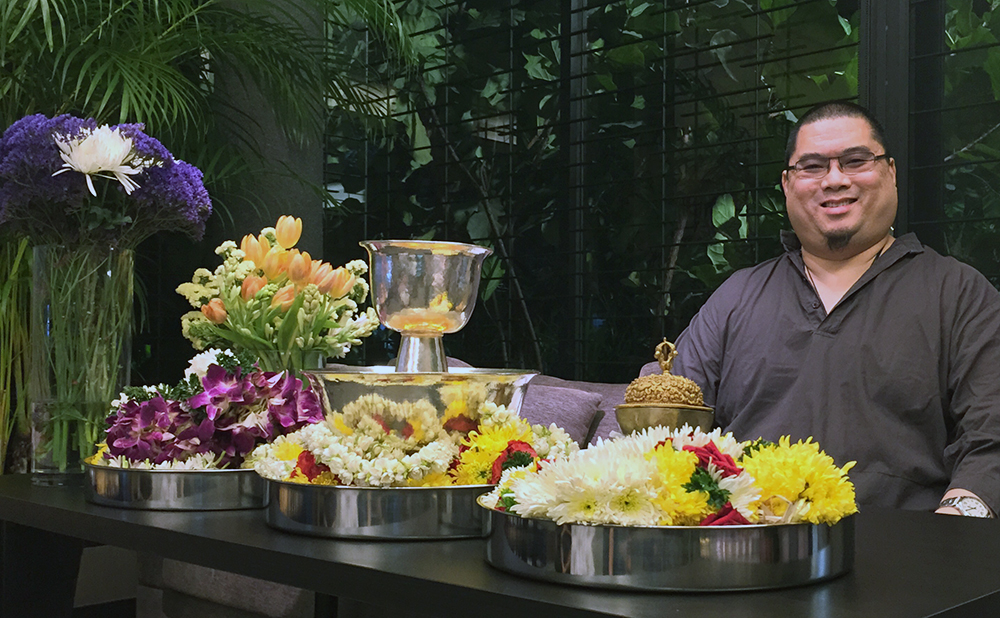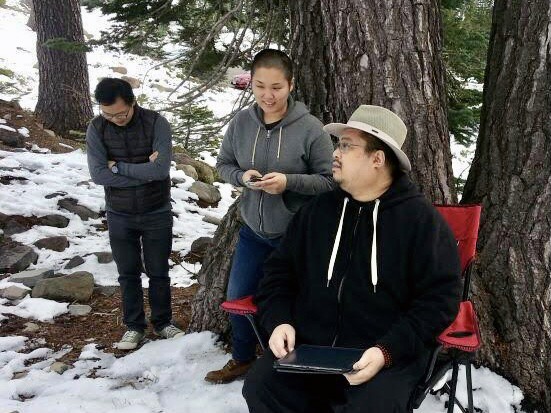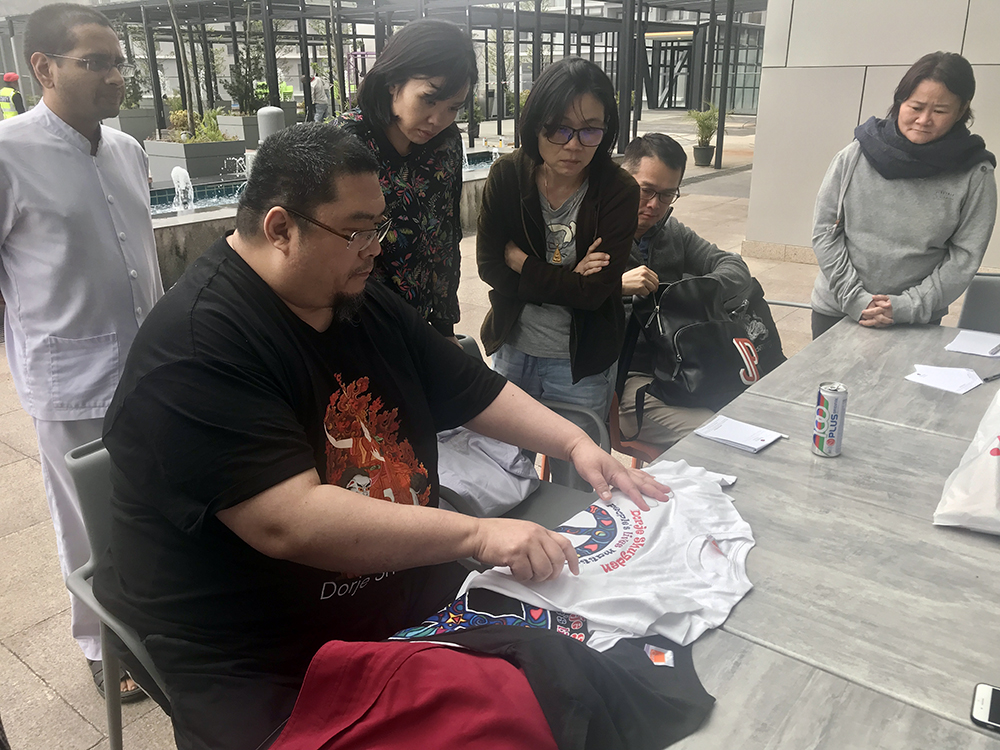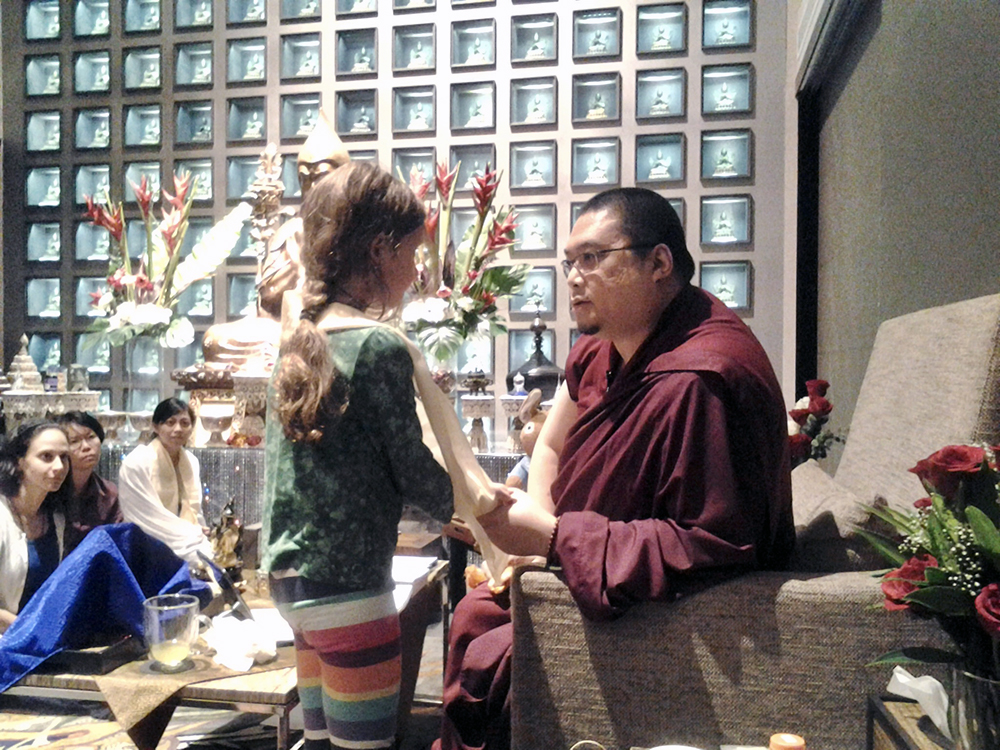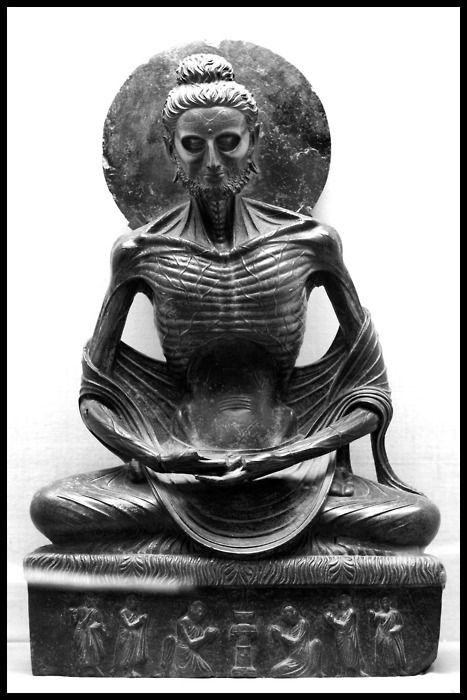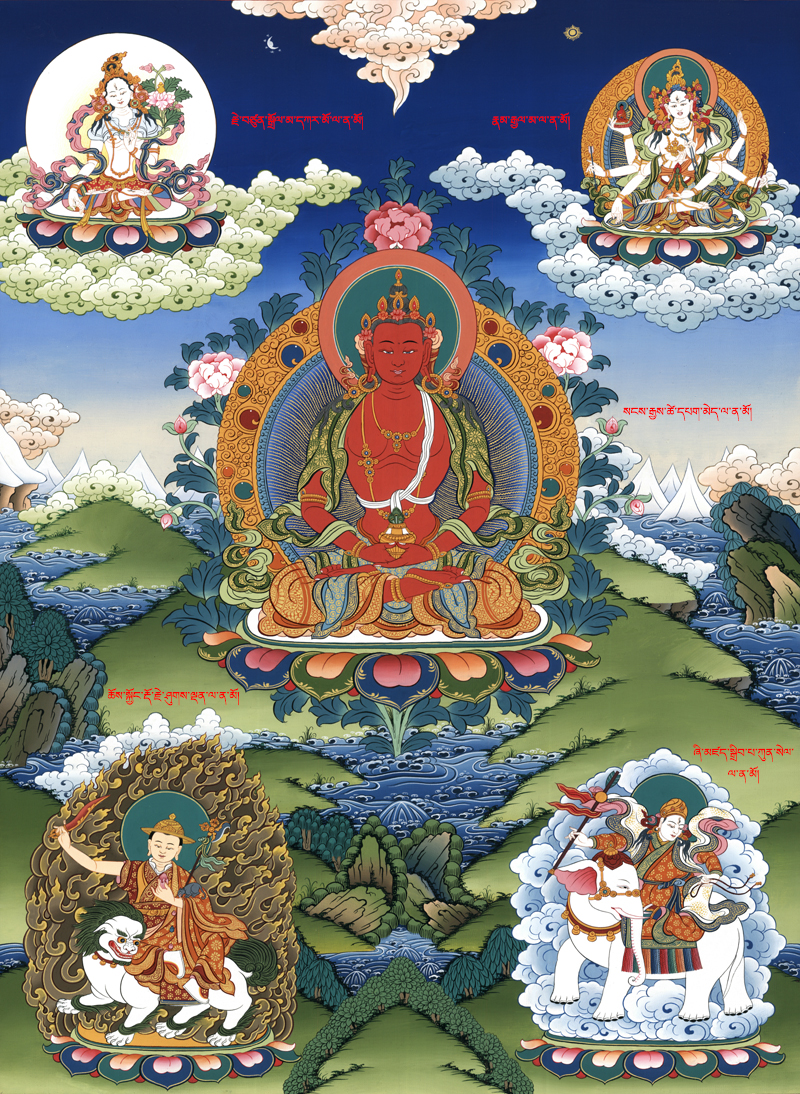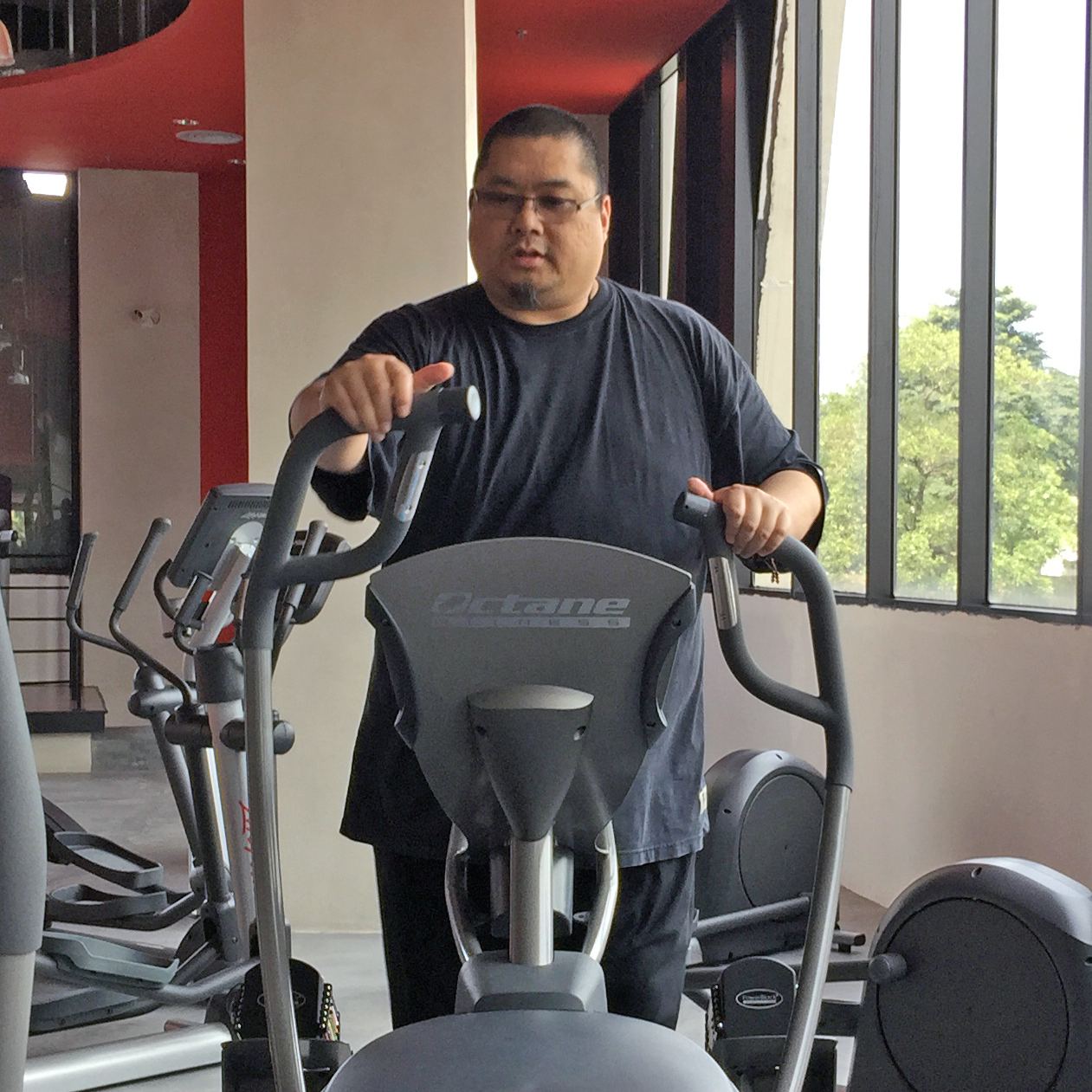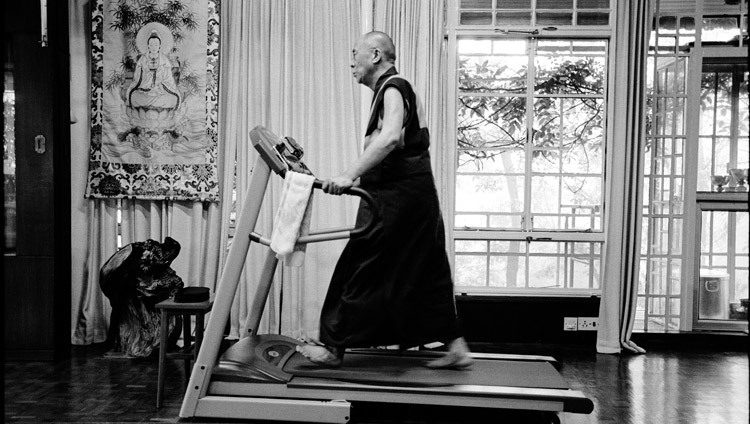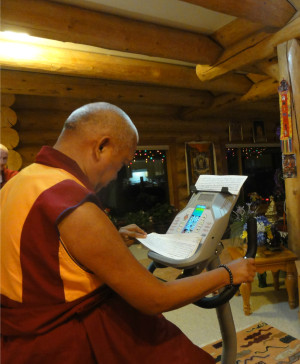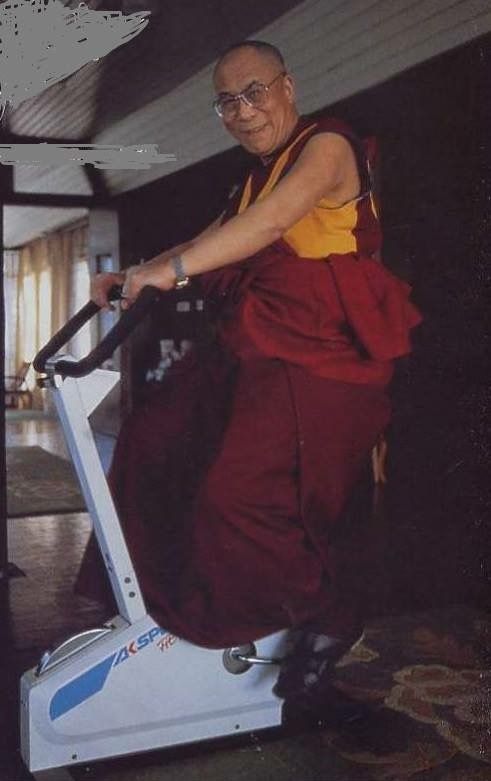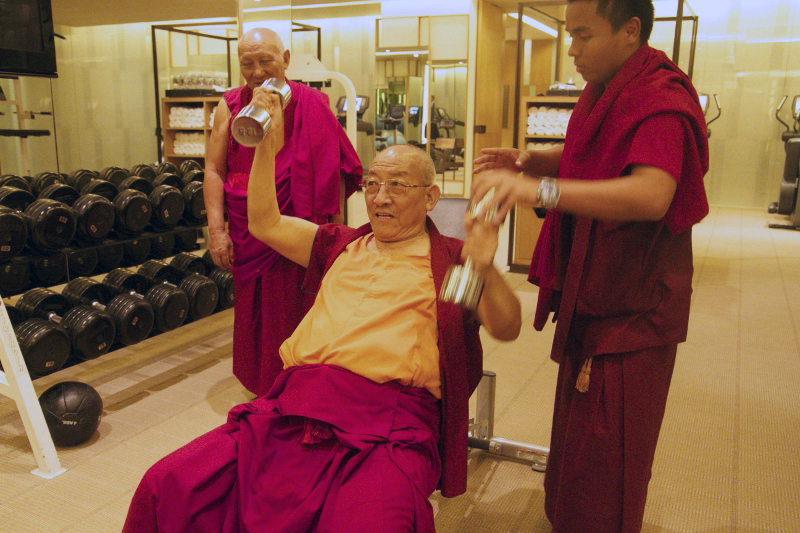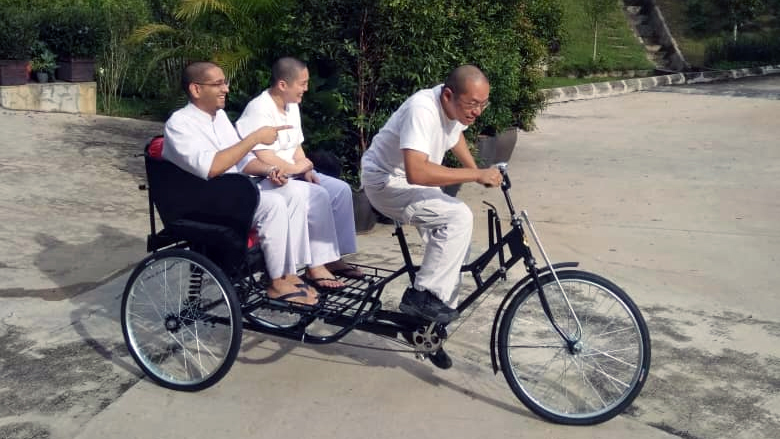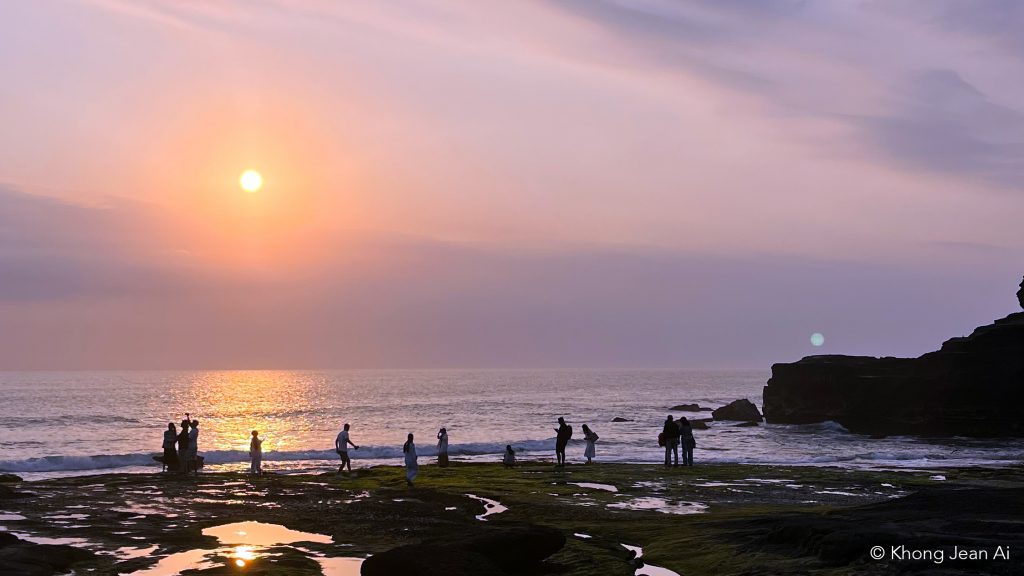
Chaos of voices saying yes, no,
Could it be’s –
These are the possibilities and potentialities and…
JEAN.
Breathe.
Pause.
Just STOP.
This is a different life, peace and happiness,
A relief that blew in on the tail breeze of paper joys,
Thick with hope sparks to set
Alight,
Alit,
Ablaze –
Gasping of a heart lifted in the jungle of the void.
They say comparison is the thief of joy, but I would argue that overthinking is equal in its destructiveness.
Once it starts, its infinite loop is viciously tough to break out of. And so my biggest struggle with overthinking is precisely that – the struggle. To break the cycle of overthinking feels like an exercise in despair, perpetuating the act itself.
Reminding myself that I am in control of my mind – and not the other way around – allows me to shape my thoughts more effectively, and to direct them in a positive manner.
Then comes the relief, the “eureka” moment. Why fight the overthinking? Why not redirect them instead, to create, nurture, hope and grow?
In moments when I feel like I am drowning, this reminder (oh so useful!) against overthinking’s oppressiveness comes like a breath of fresh air.
